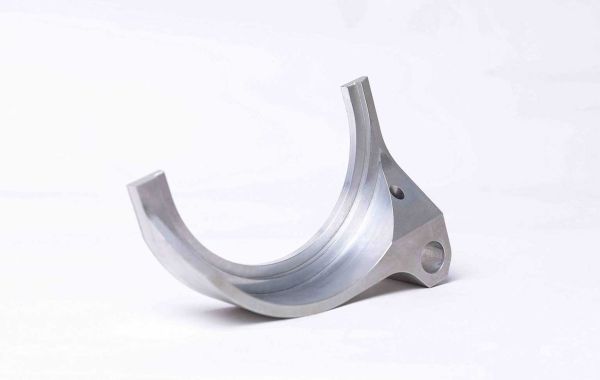CNC machines are more precise and repeatable than manual machining. This means that less labor is required to produce parts that meet specifications. For example, a CNC machine can be programmed to make a part with a tolerance of +/- 0.0001 inches, while a human machinist may only be able to achieve a tolerance of +/- 0.001 inches. This increased precision can lead to fewer rejects and rework, which saves time and labor costs.
CNC machines can operate for longer periods of time without breaks. This frees up human machinists to do other tasks, such as programming new parts or inspecting finished products. It also reduces the risk of fatigue-related injuries.
CNC machines are safer to operate than manual machines. There is no need for human machinists to work in close proximity to dangerous machinery or sharp tools. This reduces the risk of accidents and injuries.
CNC machines can be used to automate repetitive tasks. This frees up human machinists to do more skilled work, such as programming and troubleshooting. It also reduces the risk of repetitive strain injuries.
Overall, CNC machining can help manufacturers to reduce labor costs, improve productivity, and create a safer and more ergonomic work environment.








